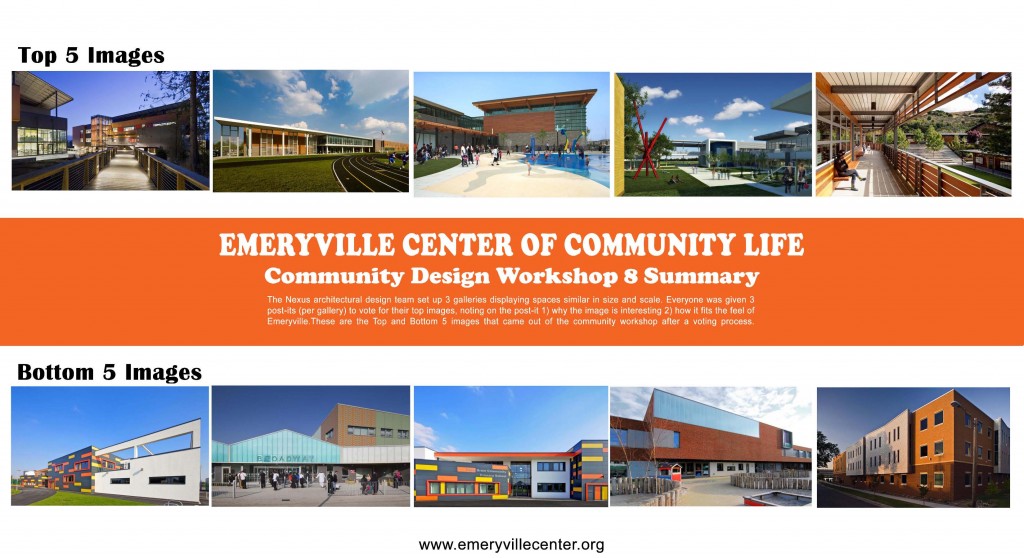Critics of the practice in which financial firms help pass school bonds that they profit from are continuing to push for reforms, but so far have faced resistance and failure.
In California, underwriting companies hired by school districts to sell bonds often make campaign contributions to help convince voters to pass the bond measures. A California Watch
investigation found that leading underwriters gave $1.8 million over the last five years to successful bond measures, and in almost every case school districts gave underwriting contracts to those same firms.
Underwriters are essentially middlemen, buying bonds from districts and selling them to investors at a higher price. Underwriters say they generally only give campaign contributions after getting hired; school districts argue the money has no influence. But critics call it a “pay to play” system that potentially costs taxpayers more than a strictly competitive process would.
The California Association of County Treasurers and Tax Collectors has been pushing to end the practice for years. Last year, it sponsored a bill to prohibit financial firms from providing both underwriting and campaign services for bond measures. The
bill failed in committee, but its author, Assemblyman Chris Norby, R-Fullerton, vows to bring it back next year and add limits on campaign donations.
"It’s a clear conflict of interest. Wall Street brokerage houses are buying local elections," Norby said. "The whole democratic process is being subverted and corrupted."
Norby acknowledged his efforts face determined opposition from school districts and some underwriting companies. Similar bills failed in 2010, 2009 and 2008.
"You have the public school establishment in an unholy alliance with Wall Street," Norby said. "It’s hard to beat it."
School districts are worried that Norby's legislation would freeze underwriter campaign donations, which are needed to successfully pass bonds, said David Walrath, legislative advocate for the Small School Districts' Association.
"We believe this bill, if enacted, would make it less likely that we could pass bonds, which would mean we’d be less able to provide adequate facilities for our students," Walrath said.
Walrath said the proposal would especially harm small districts in rural areas, which are less able to raise money for bond campaigns from residents. He also takes issue with the bill for singling out financial firms, while architects, builders and unions also routinely give money to bond campaigns.
"What is it about the service (underwriters) provide that’s so objectionable that they cannot have political free speech rights to assist in a campaign for something they believe in?" Walrath said.
Federal regulators have also expressed concern that restrictions on bond measure contributions wouldn't pass constitutional muster. The U.S. Supreme Court has upheld limits on contributions to individual candidates, but not for ballot initiatives.
"It does touch on a person's ability to make constitutional speech," said Ernesto Lanza, deputy executive director and chief legal officer of the Municipal Securities Rulemaking Board.
For years, some financial giants have been pushing the self-regulatory agency to adopt restrictions. In 2008, representatives of Morgan Stanley, JPMorgan Chase & Co. and Citigroup Inc.
urged the board to limit bond measure contributions from financial firms because of "the perception that making such a contribution could cause an underwriter to be selected and to help ensure that the playing field is leveled for all underwriters."
Other underwriters, however, pushed back. School districts and other government entities “are in need of the public policy and campaign expertise of experienced regional investment banking firms,"
wrote an executive of George K. Baum & Company.
The Municipal Securities Rulemaking Board ended up requiring disclosure of campaign contributions and is still considering whether more regulations are necessary, Lanza said.
In California, the debate has focused on underwriters that provide election-related services along with their traditional underwriting business.
In 2010, for example, Franklin-McKinley School District in San Jose hired George K. Baum to help lay the groundwork for a bond measure campaign and to underwrite the bonds once they passed. The pre-election services included strategic planning, a public information program and a community opinion survey.
"George K. Baum & Company offers school districts a turnkey approach to facilities funding," the company advertised in its
proposal. "Our school district bond election clients have been overwhelmingly successful."
The additional services are supposed to be free. School districts are prohibited from using public funds for bond campaigns. But county treasurers argue that school districts end up paying more under these arrangements.
"We feel that these prepackaged campaign and underwriting relationships result in higher fees to the taxpayers," said Jackie Denney, president of the California Association of County Treasurers and Tax Collectors.
Neither the district nor George K. Baum responded to requests for comment.
But in its proposal to the school district, the company stated, "Our competitors would like you to believe that the District will pay a higher fee for our additional services, but this is patently untrue. The only differences in this regard between our firm and our competitors are our smaller profit margin and our dedication to specialization."
Under its contract with the district, George K. Baum stood to make 1.1 percent of the bonds sold.
The company gave $8,500 to the campaign for Measure J, a $50 million bond measure on the November 2010 ballot. It also provided $10,000 worth of "Campaign Consulting Services," according to
campaign filings. The measure passed with 70 percent of the vote, and George K. Baum has been selling the district's bonds since then.














